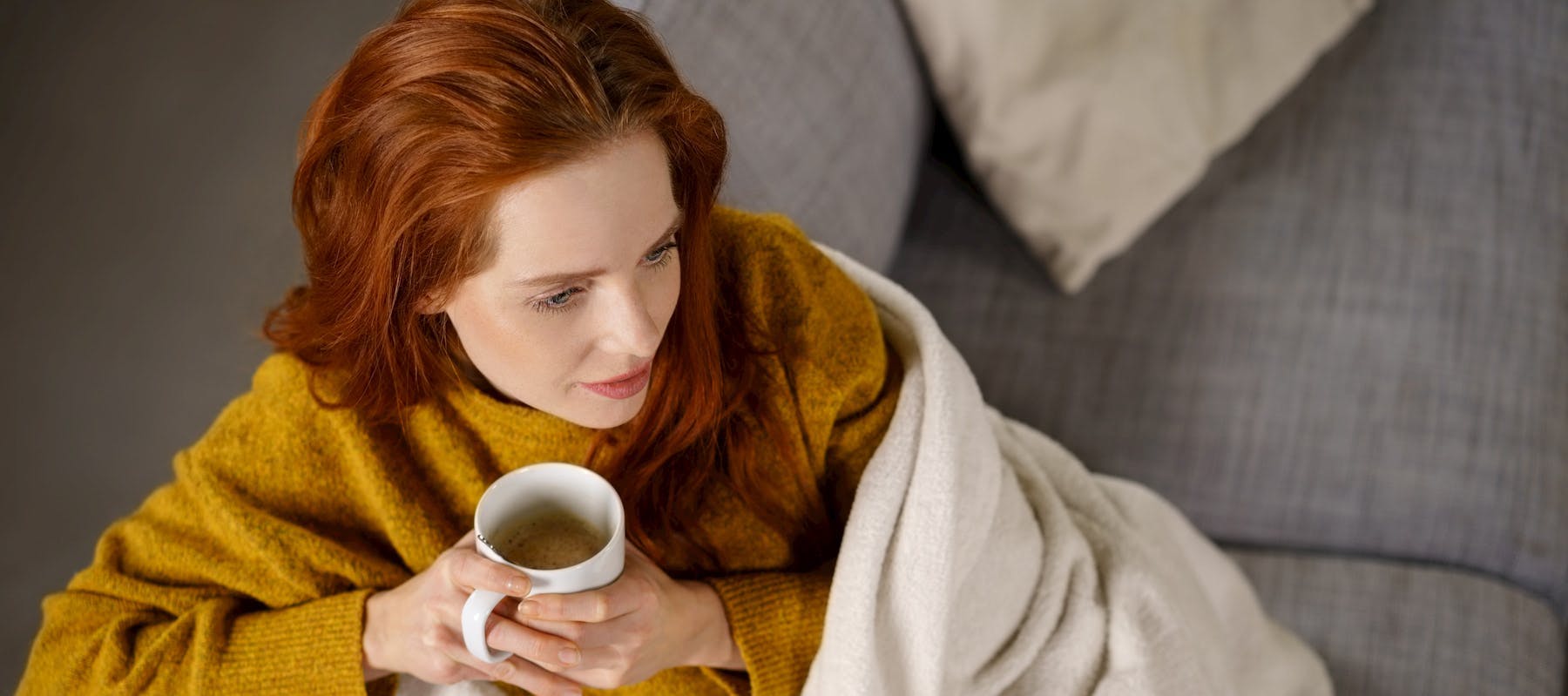Sun safety tips: how to keep your skin protected
Medically reviewed by Dr. Betsy Koickel, MD on June 3rd, 2025.
The warmer weather of spring and summer means lots of time spent outdoors. It’s fun to get out in the fresh air and sunshine to socialize with friends or get some exercise. Whether relaxing at the beach, heading out for a bike ride or cheering on your favorite sports team, it’s important to think about sun safety whenever you will be outside.
Skin cancer prevention
Sunlight is a natural mood booster and helps your body produce vitamin D, an important nutrient for growth and development. However, too much exposure to the sun’s UV rays increases the risk of sunburn, premature skin damage, and skin cancer.
Skin cancer is the most common type of cancer in America. The American Cancer Society estimates that in 2025, over 104,000 people will be diagnosed with melanoma, the most serious type of skin cancer.
Protecting your skin from excessive sun exposure is the best way to prevent cancer.
Sun safety tips
You can protect your skin from the sun by taking a few simple steps before going outside.
Use sunscreen
You should apply broad-spectrum sunscreen whenever you are outdoors. Look for sunscreens that offer protection from both UVA and UVB rays. You should apply it 15-30 minutes before sun exposure since it takes a while for sunscreen to absorb into the skin. Reapply sunscreen every 2 hours or after you’ve gotten wet from swimming or heavy sweating. If you need sun protection for sensitive skin, look for mineral-based sunscreens and avoid products with heavy fragrances, which can irritate the skin.
Wear protective clothing
Loose, light-fitting clothing and broad-brimmed hats are good skin protectors. Some tech fabrics have extra sun protection, which is great for activities like hiking or biking. Pick lightweight fabrics in pale colors to help you stay cool and safe.
Seek out shade
If you will be out for a while, pick a shady spot for your home base. Beach umbrellas or pop-up canopies help with sun safety for kids. Children can sit in the shade to cool off and drink water while you reapply their sunscreen and send them back out to play.
Wear sunglasses
Your eyes are also susceptible to UV damage. Excessive sun exposure can increase the risk of problems like cataracts later in life. Wearing sunglasses protects your eyes from the sun’s rays. Shades also protect the delicate skin around your eyes, preventing skin cancer and premature signs of aging.
Sun safety for kids
Adults can help kids with sun safety at every age, so they build good sun protection habits. Babies and toddlers have delicate skin that can be prone to burning. Using sunscreen formulated for children and keeping little kids covered will prevent sunburn. Older children can learn to apply their own sunscreen, and adults should remind them to reapply every two hours or after swimming. It’s also helpful to teach kids habits like wearing a hat and sunglasses for extra protection.
Treating sunburn
If you get sunburn, try to keep the affected skin clean and avoid irritating it further. Cool compresses and pure aloe vera gel can help with the sting. You can also take an over-the-counter pain medicine like ibuprofen or acetaminophen. Follow the package directions or ask a healthcare provider about dosing.
Heat safety tips
In addition to protecting your skin from the harmful effects of the sun, you take common-sense steps to protect yourself and your family from heat illness. Make sure you drink plenty of water during outdoor activities. Take frequent breaks and get out of the sun to let your body cool down. Don’t exercise too strenuously when the heat and humidity are high.
Call it a day if you start to feel overheated or notice that you’re getting sunburned. It’s best to get indoors in an air-conditioned space. Drink water and lie down if you can. Applying a cool compress to your neck or wrists can also help.
If you stop sweating, feel dizzy, nauseated, or have other significant sunburn, contact a healthcare provider immediately. These may be signs of serious heat illness.


